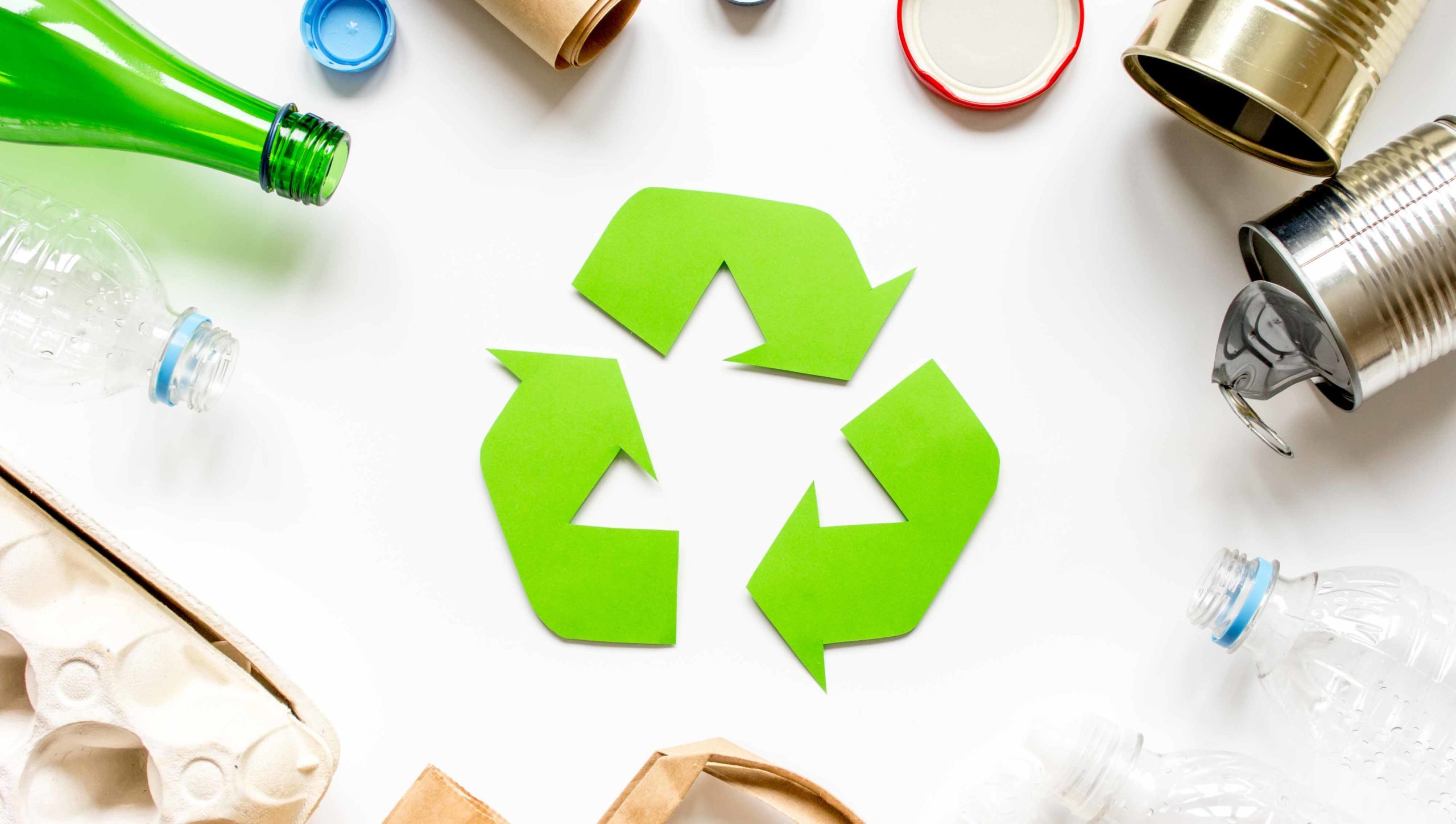Recycling is not merely a chore, it’s an art, a conscious choice to breathe new life into items that would otherwise clutter our landfills. With the right strategies and a dash of creativity, recycling becomes a rewarding journey towards sustainability. Here are some recycling tips to guide you on this eco-conscious path.
1. Understand Your Local Recycling Program
Every locality has its own set of recycling rules and regulations. Before you start your recycling journey, familiarize yourself with what can and cannot be recycled in your area. Local authorities and recycling centers often provide detailed guidelines on their websites. This knowledge will serve as your foundation for effective recycling.
2. Rinse and Clean Your Recycling Items
Contaminants, even in small quantities, can render entire batches of recycling unrecyclable. Before tossing items into the recycling bin, rinse and clean them thoroughly. It not only prevents contamination but also ensures that the recycling process is more efficient.
3. The Magic of Separation
Recycling is not a one-size-fits-all endeavor. Separate your recyclables into categories such as paper, plastic, glass, and metal. This separation simplifies the recycling process and increases the chances of your items being repurposed.
4. Don’t Forget E-Waste
Electronic waste, or e-waste, is a growing concern. Old cell phones, computers, and other electronic devices contain valuable materials that can be recovered through recycling. Find a local e-waste recycling program or drop-off location to ensure these items don’t end up in a landfill.
5. Give a Second Life to Paper
Paper products have incredible recycling potential. Once you’ve separated paper from other materials, consider repurposing it further. Old newspapers can become papier-mâché, and cardboard boxes can transform into storage organizers. The possibilities are limited only by your imagination.
6. Embrace the Power of Composting
Food waste accounts for a significant portion of what ends up in landfills. Composting is a powerful way to reduce this waste and create nutrient-rich soil for your garden. Start a compost pile or use a compost bin to turn kitchen scraps into a valuable resource.
7. Donate or Reuse
Before you toss items in the recycling bin, consider whether they can be donated or reused. Old clothing, furniture, and household items can often find a second home with someone in need. Organizations and thrift stores welcome these contributions.
8. Invest in Reusable Containers
Reducing the need for recycling is just as important as recycling itself. Invest in reusable containers for food and beverages. Stainless steel water bottles, glass food storage containers, and cloth shopping bags are eco-friendly alternatives to single-use items.
9. Support Companies with Recycling Initiatives
When shopping for products, consider supporting companies with robust recycling programs. Look for brands that use recycled materials in their products and support a circular economy.
10. Educate and Inspire
Share your knowledge of recycling with others. Encourage friends and family to adopt eco-friendly practices, and lead by example. The more individuals embrace recycling, the greater the positive impact on the environment.
11. Responsible Electronics Disposal
When it’s time to part with old electronic devices, don’t toss them in the trash. Responsible electronics disposal involves finding e-waste recycling centers or manufacturer take-back programs. This ensures that hazardous materials are disposed of safely, and valuable components are reclaimed.
12. Reduce Junk Mail
Junk mail not only clutters your mailbox but also contributes to paper waste. Take steps to reduce junk mail by signing up for mail preference services and requesting digital versions of catalogs and newsletters.
13. Be Mindful of Hazardous Waste
Items like batteries, fluorescent light bulbs, and paint can contain hazardous materials. Dispose of these items properly through designated hazardous waste collection programs. Avoid throwing them in the regular trash or recycling bins.
14. DIY Recycling Projects
Get creative with DIY recycling projects. Turn old glass jars into stylish candle holders, or fashion a herb garden from used pallets. These projects not only breathe new life into items but also add a personal touch to your home.
15. Recycle Your Clothing
Textiles like old clothing and linens can be recycled into new fabric or repurposed into cleaning rags. Many communities have textile recycling drop-off locations, so check if there’s one near you.
16. Support Sustainable Packaging
Choose products with minimal and eco-friendly packaging. Look for products packaged in recyclable or biodegradable materials to reduce waste.
17. Repair Instead of Replace
Before discarding broken items, consider repairing them. Repairing appliances, electronics, and furniture not only saves money but also reduces the demand for new products.
18. Green Gardening
Incorporate green practices into your gardening routine. Compost garden waste, use rain barrels to collect water, and choose native plants that require less maintenance and water.
19. Set Recycling Goals
Set achievable recycling goals for your home and family. Whether it’s reducing the amount of waste sent to the landfill or increasing the percentage of items recycled, goals help track progress and stay motivated.
20. Teach the Next Generation
Pass on your recycling knowledge to the next generation. Teach children about the importance of recycling and involve them in eco-friendly practices. Instilling these values early creates a lasting impact.
Conclusion: A Sustainable Tomorrow
Recycling is not just a chore; it’s a responsibility we owe to our planet and future generations. These recycling tips are the building blocks of a sustainable tomorrow. By embracing eco-conscious choices and sharing these practices with others, we contribute to a cleaner, greener, and more sustainable world.









